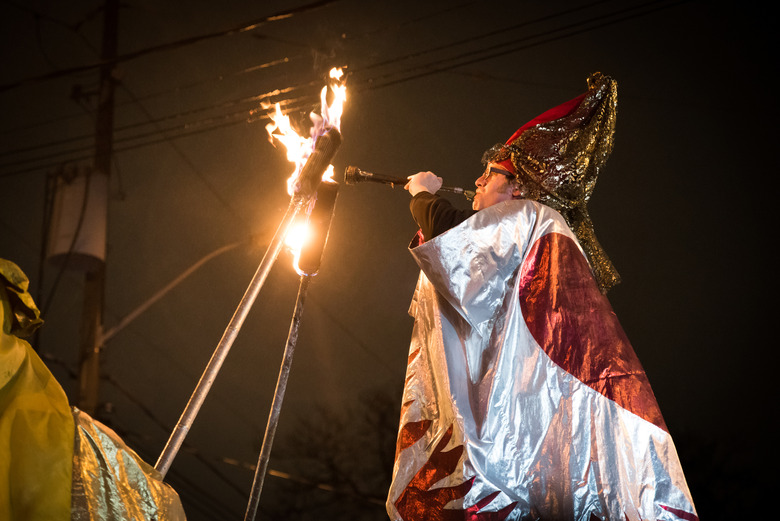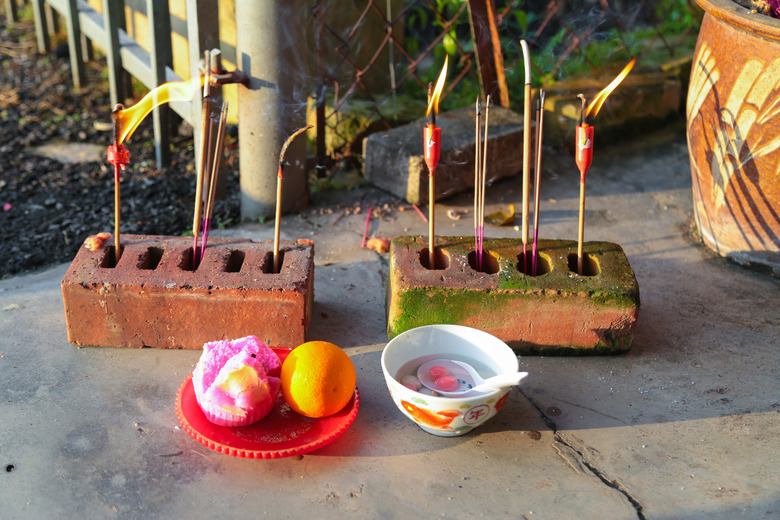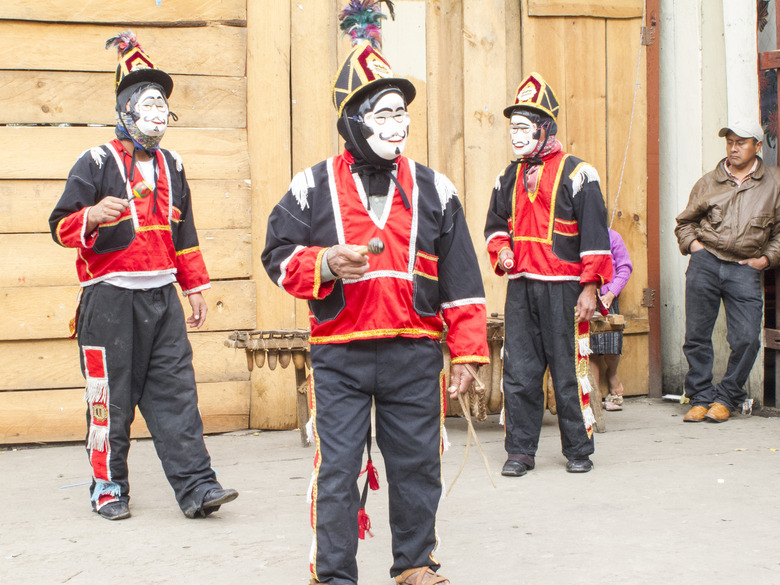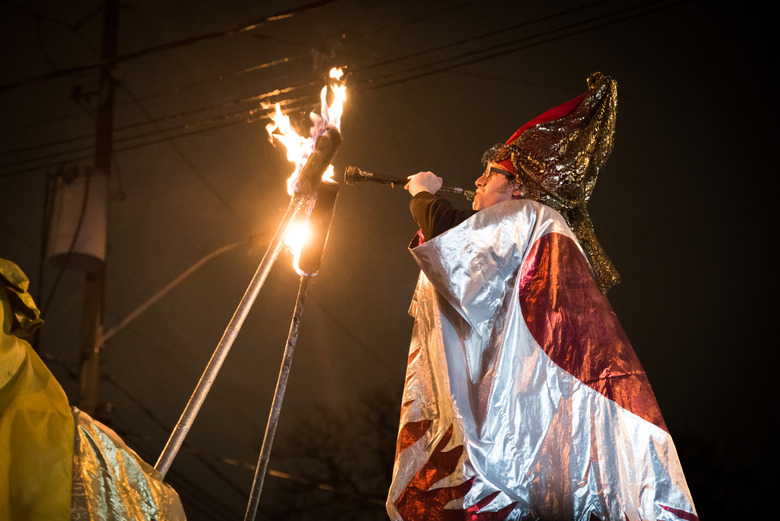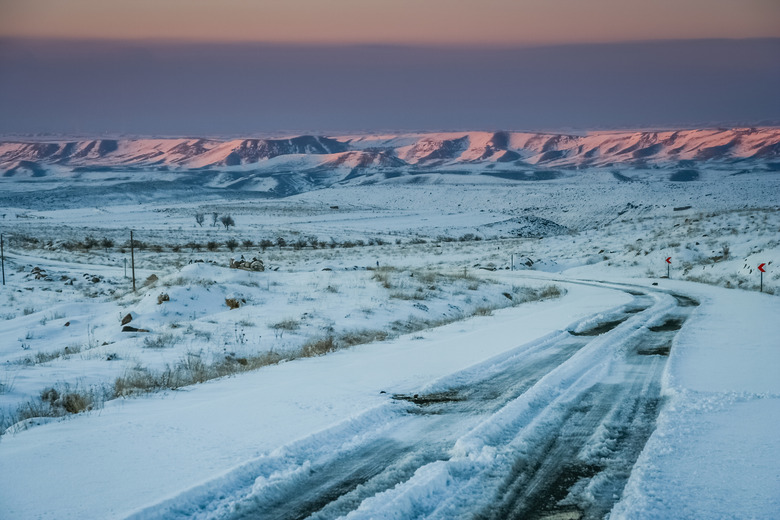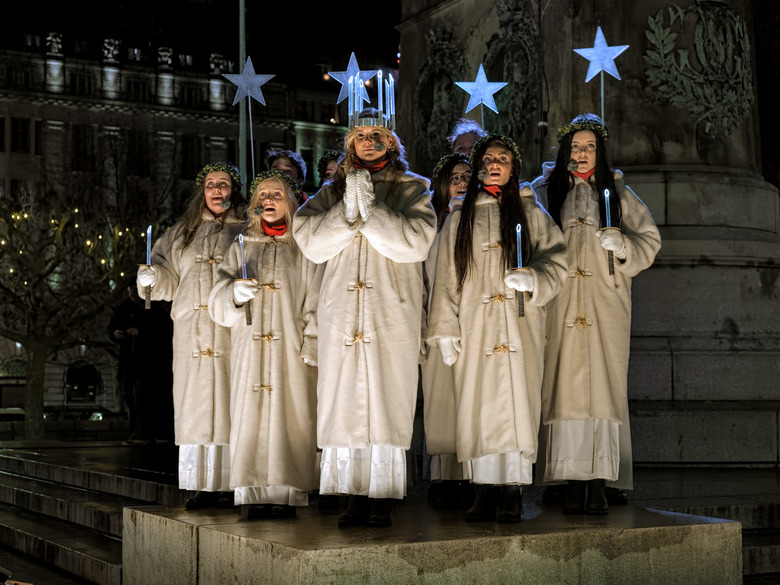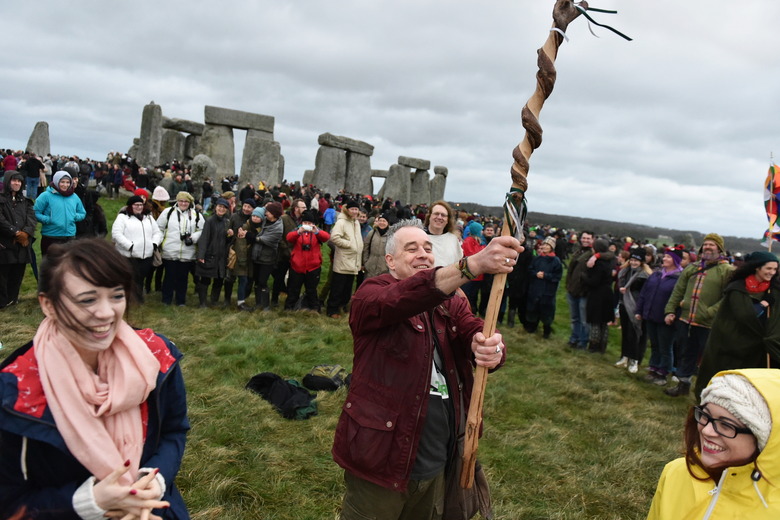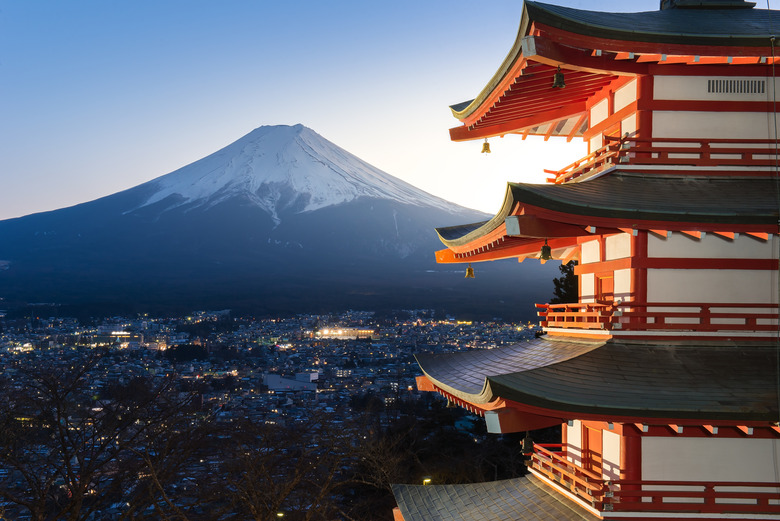Winter Solstice Celebrations Around The World Gallery
Winter solstice, the longest night of the year, occurs twice a year when the sun is farthest from the tilting planet's celestial equator. It transpires in the Northern Hemisphere on December 21 or 22 and in the Southern Hemisphere on June 20 or 21.
The term "solstice" comes from the Latin word solstitium, which means "the sun stands still." Because it has reached its southernmost position as seen from Earth, the sun appears to stand still at the Tropic of Capricorn and then reverses its direction. Whereas the summer solstice celebrates the beginning of warmer weather and the start of the harvest season, the winter solstice notes the last harvest and the coming of a deeper winter.
Since ancient times, cultures all over the world had certain rituals and customs meant specifically to welcome the return of the sun, as the days after the winter solstice will get longer through the rest of the year. Many of these strong traditions are celebrated by both natives as well as diaspora communities who have brought their traditions with them to other parts of the world, thereby creating a melting pot of winter solstice fetes across the globe. From more famous celebrations like those at Stonehenge to more obscure ones such as those of Native American tribes, here are some winter solstice traditions that help light the way to longer days.
Dongzhi Festival (China)
The East Asian celebration of the winter solstice varies by name across countries, but in China, it is referred to as the Dongzhi Festival, "dongzhi" literally translating to "the arrival of winter." The festival welcomes the return of longer days and increasing positive energy in the year to come.
Fiesta de Santo Tomás (Guatemala)
A seven-day celebration culminates every year on December 21, when many Christians in Guatemala observe Saint Thomas's Day in honor of Thomas the Apostle. However, indigenous Mayans also honor the sun god they worshipped long before they became Christians with a dangerous ritual known as the polo voladore, or "flying pole dance." During this dance, three men climb on top of a 50-foot pole. As one of them plays music, the other two wind a rope attached to the pole around one foot and jump. If they land on their feet, it is believed this act will please the sun god and the days will grow longer.
Inti Raymi (Peru)
In Peru, actors in Inca tunics fill the ruins of Cuzco, the ancient capital of the Inca empire to celebrate Inti Raymi, the festival of the winter solstice. The festival is held on June 24, as winter in Peru is from June to September.
Kensington Market Winter Solstice (Toronto, Canada)
A performer marks the beginning of the Winter Solstice Parade in Toronto, Ontario's historic Kensington Market. The market takes on a carnival atmosphere and has been celebrating the solstice with this parade for nearly 30 years.
Winter Solstice Illumination (San Juan Bautista, Calif.)
Every year on the winter solstice, a group of Native Americans participate in ceremonial chants and drumming at California's Mission San Juan Bautista to greet the rising sun. They await what's known as the "illumination," in which the sun briefly shines through the church's front windows to bathe its alter in bright sunlight, an occurrence that only happens once a year.
Shab-e-Yalda (Iran)
As the sun begins to set in Iran on the longest night of the year, people will celebrate the triumph of Mithra, the Sun God, over darkness in the ancient festival of Shab-e-Yalda. The name translates to "night of birth," as is is taken from the Syriac Christian celebration of Christmas which was once also celebrated on the winter solstice. On this night, Iranians all over the world gather together on the longest night of the year to make wishes, read poetry, and burn fires to light their way through the darkness and protect each other from evil. Also known as Shab-e-Chelleh, or "night of forty" for the number of day period of the winter months, the festival is also observed in Afghanistan, Azerbaijan, Iraqi Kurdistan, Tajikistan, and by the Azeris and Kurds of Turkey.
Shalako (Zuni Pueblo, N.M.)
For the Zuni, one of the Native American Pueblo peoples in western New Mexico, the winter solstice indicates the start of a new year. After fasting and praying in the days leading up to the solstice, the Pekwin, or sun priest, traditionally announces the exact moment of itiwanna, the rebirth of the sun. This moment is marked with the ceremonial dance called Shalako. Since 1990, the Shalako ceremony and its accompanying feast have been closed to the public and non-native peoples.
Saint Lucia Day (Sweden)
This traditional festival of lights honors one of the earliest Christian martyrs, Lucia of Syracuse, and was connected to earlier Norse solstice traditions after many converted to Christianity in 1000 A.D. Seen as a symbol of light and sight, it makes sense that Saint Lucia's feast day has been characterized with solstice traditions of lighting fires and candles to scare away darkness and dark spirits.
Stonehenge (Wiltshire, U.K.)
People come by the thousands to witness the sunrise at England's Stonehenge on the shortest day of the year, no matter how the weather is. A large crowd of pagans and druids are among those who come to celebrate Winter Solstice at the ancient Neolithic monument to mark the "re-birth" of the sun for the new year.
Toji (Japan, Asia)
The winter solstice is more of a traditional practice in Japan, centered on starting the new year with health and good luck. Each year on December 22, people light bonfires, many of them burning on Mount Fuji, to encourage the sun's return. If you're looking for more winter celebrations around the world, here are 10 weird and wonderful Christmas traditions you can take part in.
